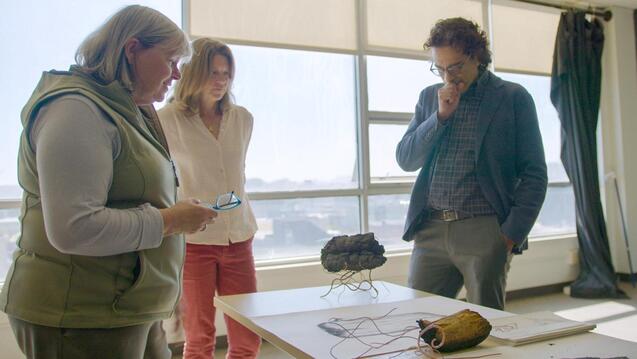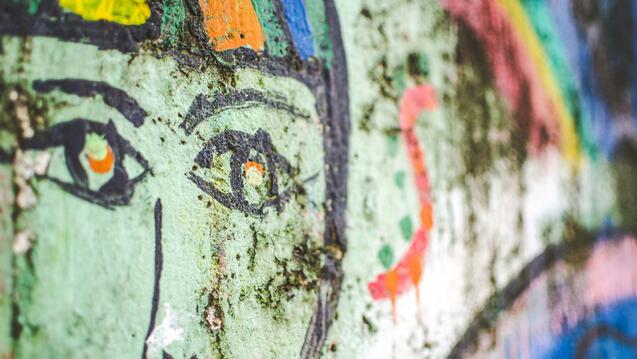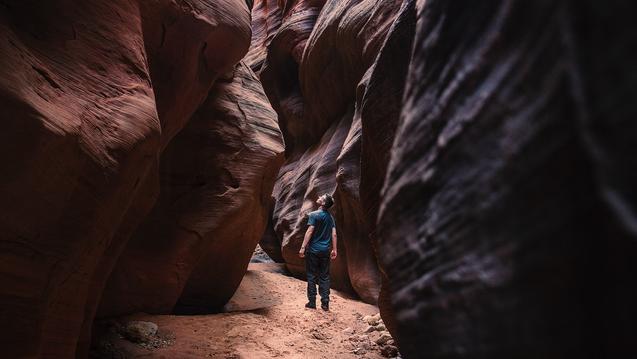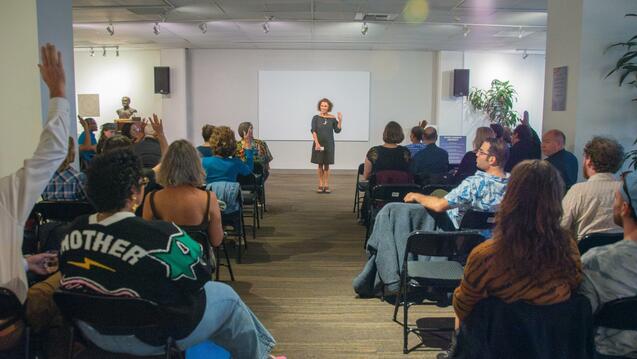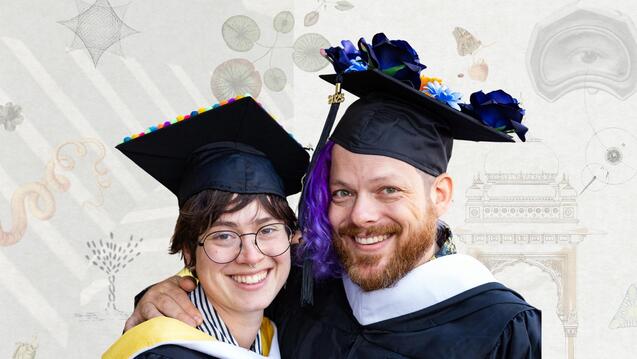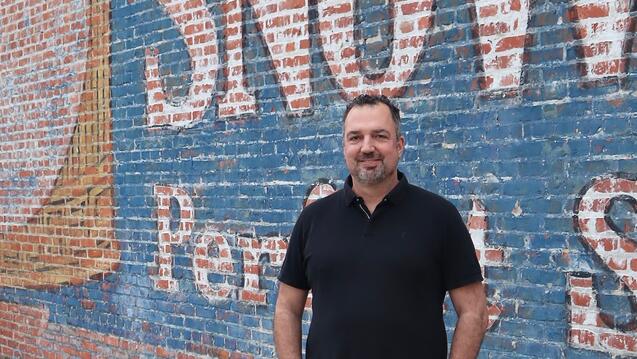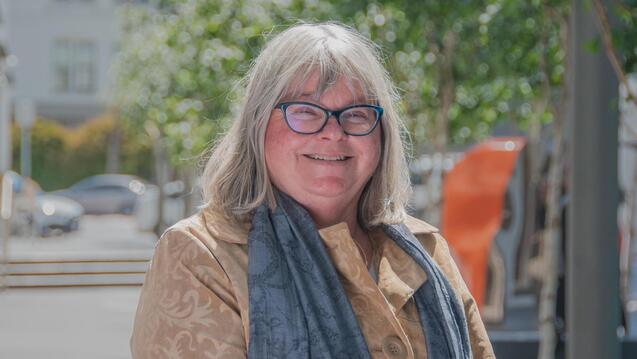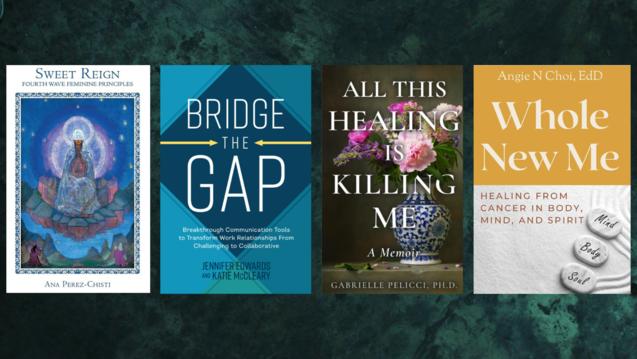An online event with Admissions Counselors Skylar Hall and Ronda Sharp
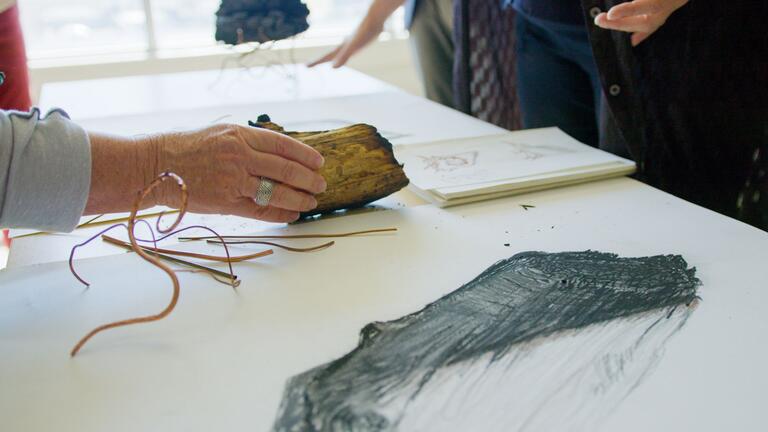
Department of Interdisciplinary Arts
Encouraging inner exploration through external expression
We value the complex range of human experience that provokes art and welcome artists from all disciplines — literary, visual, performing, media, and interdisciplinary — into an innovative laboratory for individual and collaborative artmaking.
What Our Faculty Have to Say
Our 39-unit degree can be completed in two years. Watch the videos to explore the program through faculty voices.
CIIS’ Interdisciplinary Arts department offers a unique Master of Fine Arts degree that focuses on the vital role of inquiry in artmaking. We value the complex range of human experience that provokes art and welcome artists from all disciplines – literary, visual, performing, media, and interdisciplinary – into an innovative laboratory for individual and collaborative artmaking.
Working in small groups, individually with faculty, mentors, and organizations in the Bay Area, students clarify directions for their art and join a community of artists with valuable connections and relationships. We also offer professional development courses and internships focusing on building an arts career, community engagement, teaching, and editing and publishing to support their multi-faceted lives as artists.
If you are interested in a degree at the intersection of Arts and Scholarship, learn about our new degree options under the East-West Joint Degree tab.
Our Programs
In addition to our MFA, we offer joint MFA programs with the East-West Psychology department for those looking to enrich their artistic practice with additional scholarship or integrate their roles as both artist and scholar.
Join a community of the radically creative. We believe that questions central to your life are also questions that are core to and can inform your art—and, if you probe them on your own and in a community of artists, you can advance your life and art.
Combine your academic and creative passions by getting an MFA and either an M.A. or Ph.D. from our East-West Psychology department.
Faculty Research and Scholarship
Our faculty explore a wide range of research interests, including pluralism in the arts, social construction of whiteness, and social justice comedy.
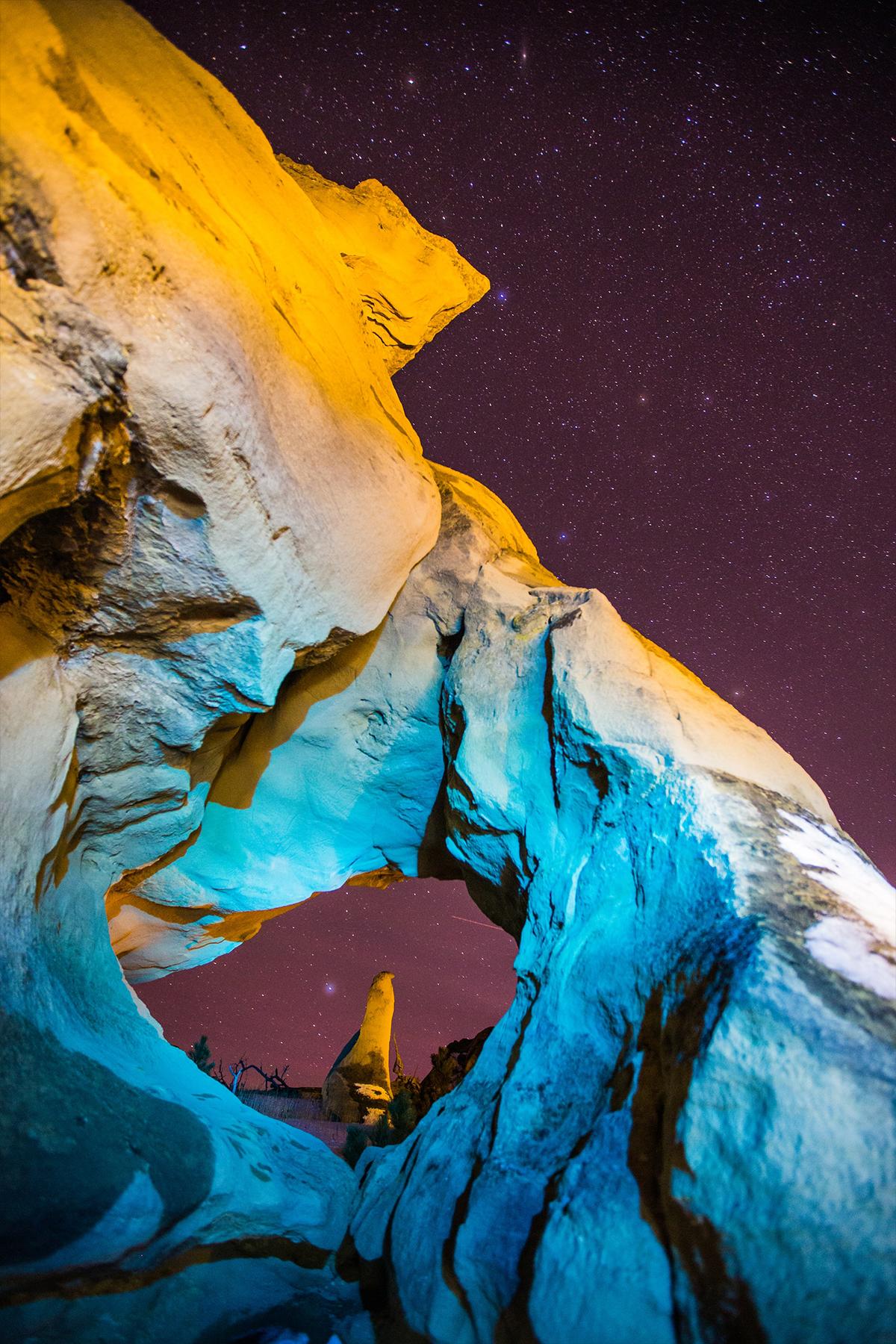
On the Cosmic Dimension of Human Stories
CIIS professor in Interdisciplinary Arts and Writing Carolyn Cooke and professor in Philosophy, Cosmology, and Consciousness Brian Thomas Swimme explore the impact of time-developmental cosmology and its potentiality to impact, and possibly transform human consciousness.
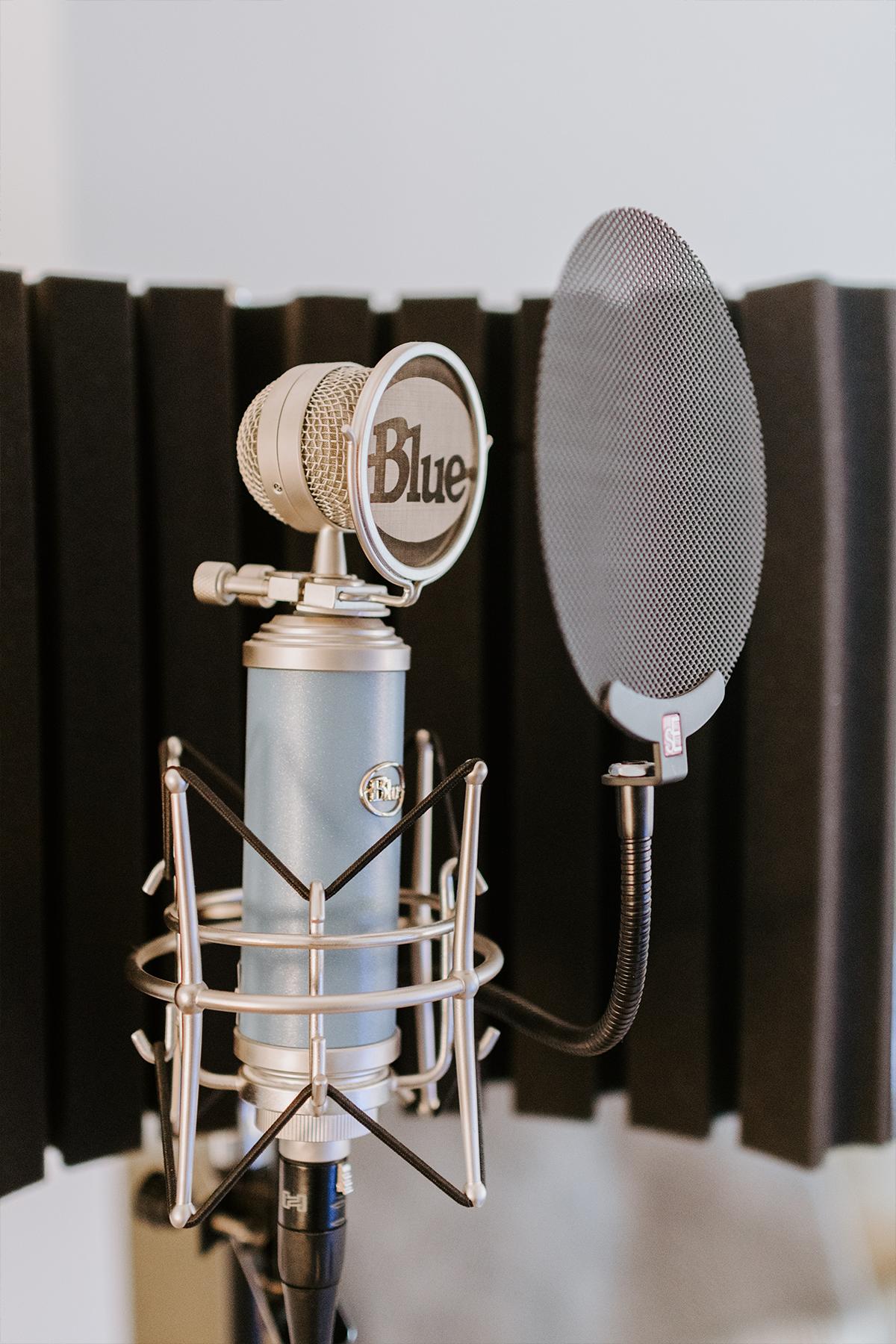
In Conversation with Alex Burger
Listen to this episode of the MFA produced podcast, Artifact, in this fascinating conversation with faculty member Alex Burger about his artistic process producing a podcast drama.

Free Yourself from Tech
In this conversation with faculty Pireeni Sundaralingam and designer Olafur Eliasson for the DLD conference, they explore many possibilities to make technology more humane.
FAQs
-
Our focus on inquiry. We believe that questions central to your life are also questions that are core to and can inform your art—and, if you probe them on your own and in a community of artists, you can advance your life and art. Also, what separates us from other MFA programs is that in our workshop classes, you’ll meet with and share your work with artists working across many mediums, forms, and disciplines. We believe in these conversations “across the arts.” You’ll be asked to better articulate your work—and that process of becoming more aware of and articulate about your work will help you become clearer about the directions of your work and more accomplished.
-
Since 2009, the MFA interdisciplinary academic journal, Mission at Tenth, has presented and promoted new inter-arts and cross-genre work that reflects the diverse and culturally complex history of the San Francisco Bay Area.
Mission at Tenth reflects the inter-arts perspectives of our program through multiple platforms, including our podcast series Artifact and Meaning Making and our inter-arts journal.
Visit the Mission at Tenth website for past issues and other MFA-related projects.
-
Artifact is the MFA-hosted podcast series that asks you to step inside the artistic process. Learn more about the Artifact Podcast series.
Follow us on Instagram to find out when the most recent episode will be released.
-
We have a strong interdisciplinary program, and we also want for you to have the chance to work directly with artists that expertise in your form, medium, or discussion. Our art mentorship provides you the chance to work with a mentor throughout your degree. You can work with a mentor in your local community or draw from our diverse list of mentors.
-
Our intensives, which have customarily been offered in person (though we have switched to virtual since 2020) occur each fall and spring. They include structured time that includes class meetings (each class usually meets at least 3 times during the intensives), field trips to a museum or other arts event, visits with guest arts, readings, talks, panel discussions, and a work-in-progress event in which all MFA students present their work. Intensives also include informal time in the mornings, at lunch, in the late afternoon or evening for students to relax, get to know each other, and talk informally. Lunch is provided each day.
Read this medium post about a student’s experience in the intensive.
-
MFA online coursework is mostly asynchronous so students can integrate coursework into their lives. Online work includes posting original artwork, completing art-driven projects, readings, discussion, and review and response to other students’ work. Faculty will also engage with students online. Some classes will meet virtually on occasion during the semester to give students the chance to engage in person outside the intensives. These meetings are included in the course syllabus or arranged during the intensive to make sure students can attend.
-
Check out the MFA podcast Making Meaning to hear our interviews with artists about art-making and the process of creating.
-
To read more about student experiences in the program, alumni, and projects offered by the MFA department on our Medium page.
Our Upcoming Events
A Faculty-Led Info Session with Cindy Shearer
Attend our in-person event on January 31 or online event on February 21.

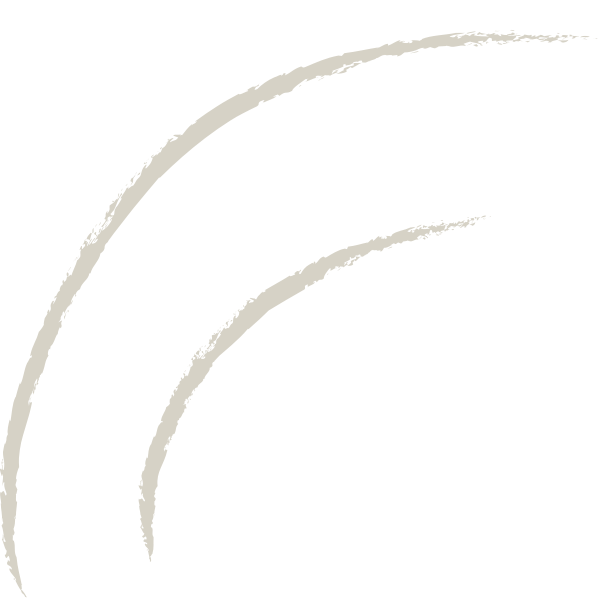
Our Department in Action
Playwright and activist Alex Burger brings his global experience into the CIIS MFA classroom, teaching art as transformation, and crisis as creative fuel.
We’re excited to announce that CIIS faculty member Cindy Shearer, Chair of the MFA in Interdisciplinary Arts and Writing, has a new book forthcoming in January 2026.
Spotlighting four titles from the past year that speak to the wide range of wisdom and expertise our graduates bring to the world



